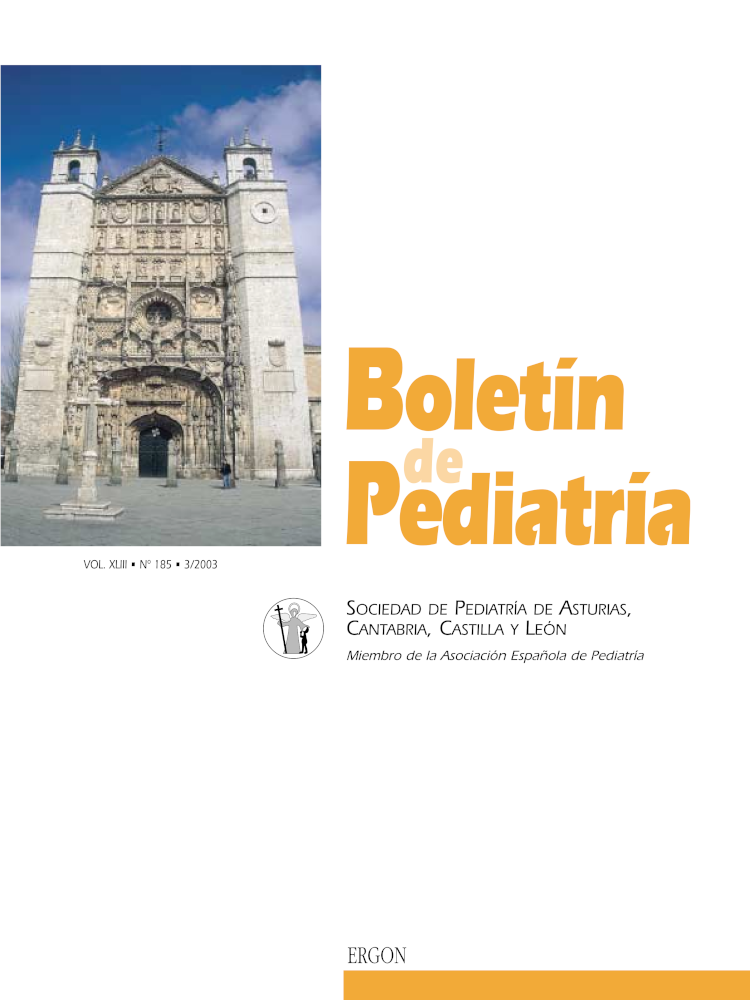Abstract
Abstract Prematurity is one of the most important problems of present perinatal care and the prevention of premature birth and its sequels its main challenge. Drug induction of fetal pulmonary maturity with corticoids is the intervention that has changed the prognosis of these children the most, because it has been able to significant decrease the incidence of the respiratory distress syndrome and perinatal mortality since it has been used. Although fetal pulmonary maturation (through the regulation of different enzymatic systems in type 2 pneumocytes) is the most important effect of these drugs, they also have other extrapulmonary effects that contribute to the maturation of the different organs and systems of the newborn. Several corticoids have been used, however based on recent studies, betamethasone seems to be the most recommendable. It is best to administer a single cycle (two doses), since the use of multiple cycles does not seem to decrease global morbidity and has been related, in several experimental studies, with adverse effects and restrictions in brain growth. Many aspects remain to be explained in regards to the prenatal administration of corticoids, fundamentally related with their long term effects. However, based on present knowledge, there is no doubt that they have beneficial effects.

This work is licensed under a Creative Commons Attribution-NonCommercial 4.0 International License.
Copyright (c) 2003 Boletín de Pediatría
